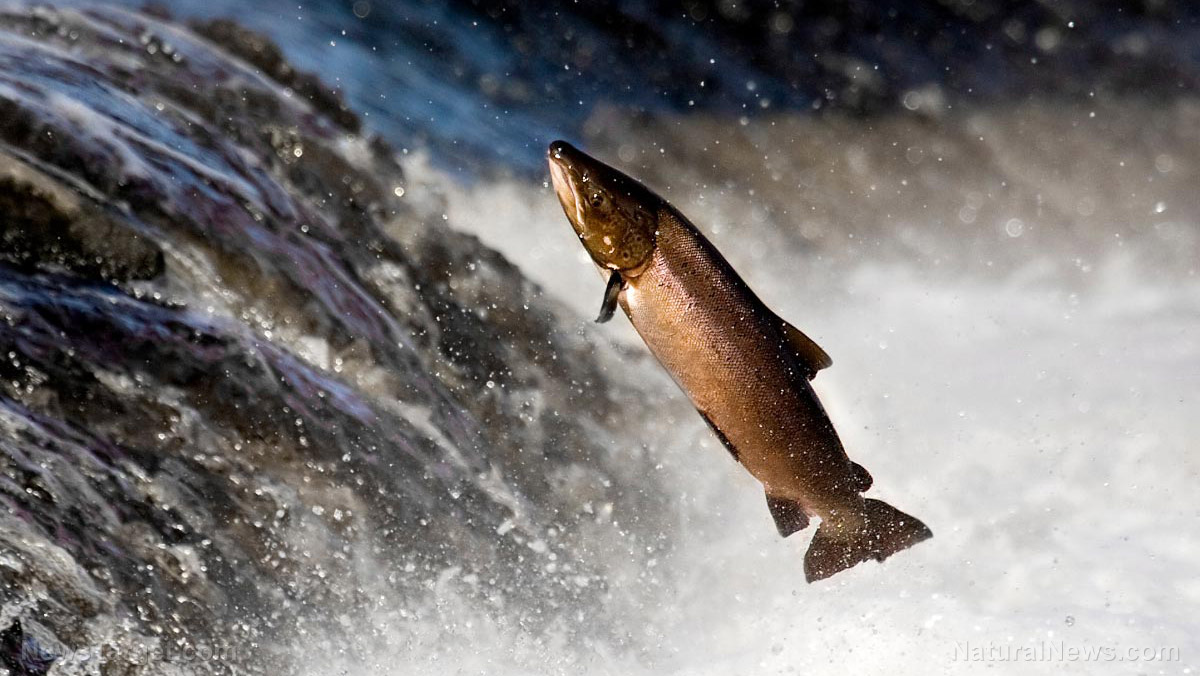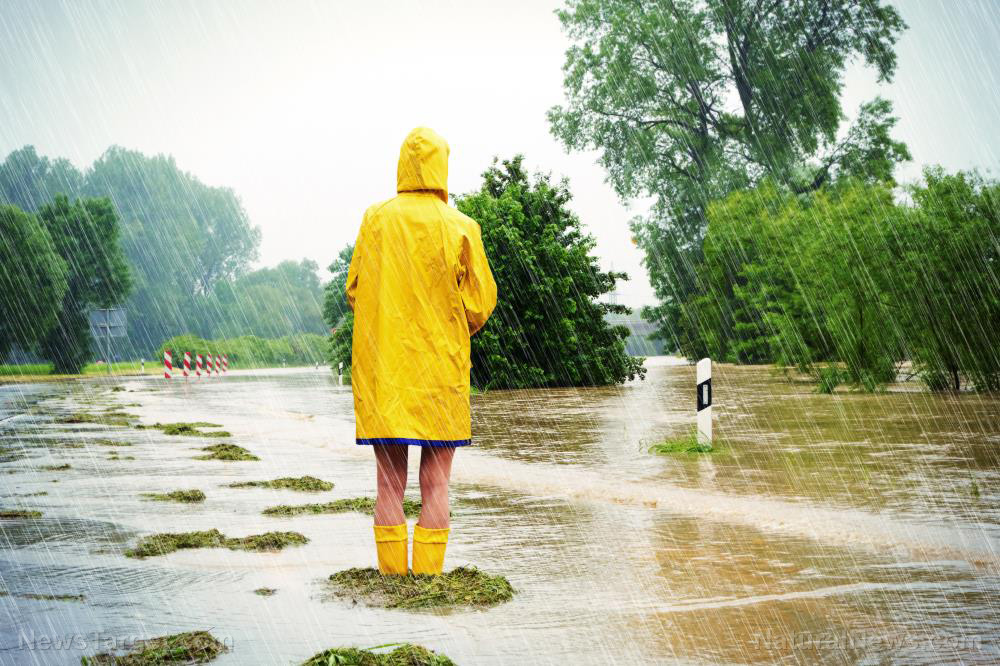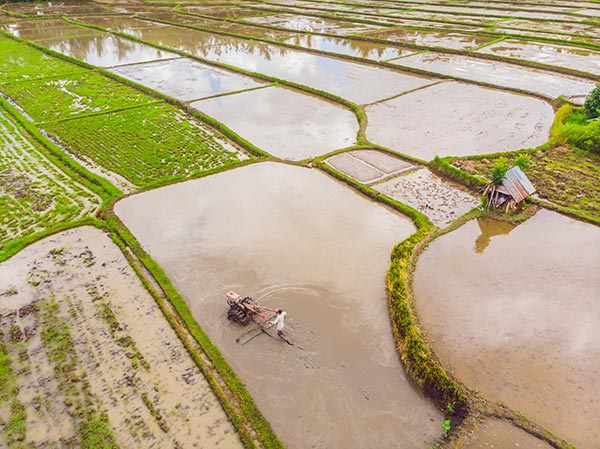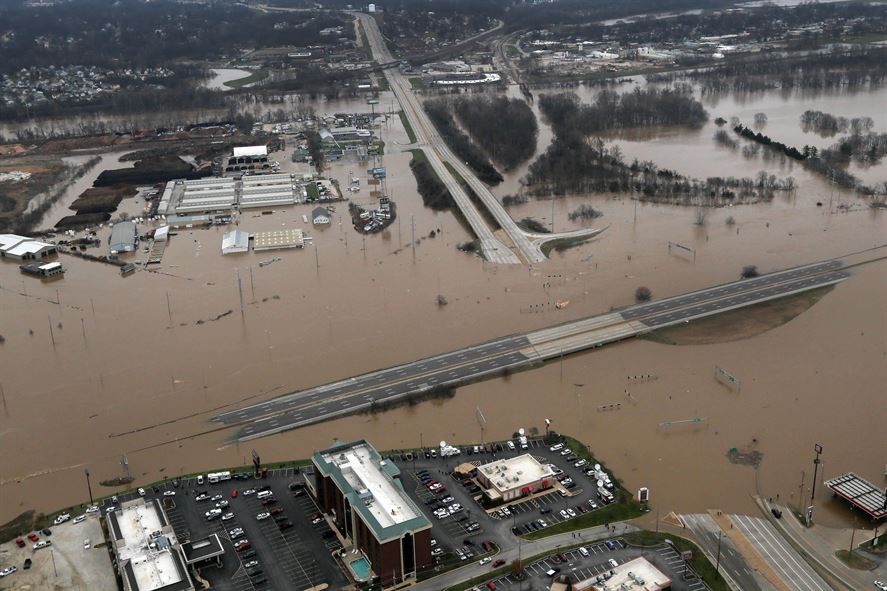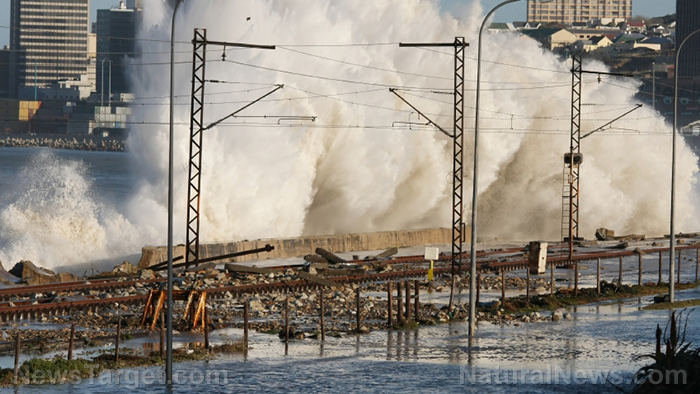
The research revealed that at least 1,688 dams are considered "high hazard" and are rated as being in poor or unsatisfactory condition across 44 states as well as Puerto Rico, but they believe that the actual number is probably higher because some states did not supply them with condition ratings for their dams. While some claimed that this fell under exemptions to public record requests, others simply lacked the funding or staffing to rate all of their dams.
Georgia reportedly has the most high-hazard dams that are in unsatisfactory or poor condition at nearly 200. It is followed by North Carolina with 168, Pennsylvania with 145, Mississippi with 131 and Ohio with 124.
The National Inventory of Dams Database shows that there are more than 90,000 dams in the country, most of which are more than 50 years old. From 1850 to 2017, nearly 3,500 people died because of failed dams in America, according to a report from Stanford University. Although regulatory requirements and improvements to infrastructure have reduced dam failures, roughly 1,000 dams have nevertheless failed during the last four decades, causing the deaths of 34 people.
Technical specialist for the Association of State Dam Safety Officials, mark Ogden, told the AP: "There are thousands of people in this country that are living downstream from dams that are probably considered deficient given current safety standards."
It could reportedly cost as much as $70 billion to bring all of the country's dams up to date, but it is an investment that could save a significant number of lives.
Federal Emergency Management Agency former administrator Craig Fugate warned the most people do not realize just how vulnerable they are when they live downstream from private dams. He added that these dams can fail suddenly, and people can find themselves facing a wall of water and debris racing toward their home with no time to get out safely.
Some dams are like ticking time bombs
Another problem is that some dams are not correctly assessed, which means they are not being treated with sufficient caution. When the Spencer Dam in Nebraska failed last year following unusually intense rain and snow, it caused a raging flood in rural northern Nebraska that killed a man who lived beneath it as his home and business were washed away. The man had been warned just minutes ahead of time and was unable to save himself.
Unfortunately, regulators in Nebraska had categorized the dam as a “significant hazard,” which means that no loss of life would be expected if it failed and a formal emergency plan was not required. A report after the incident by the Association of State Dam Safety Officials found that the dam should actually have been rated as “high hazard,” which could have resulted in a plan being made to modify it to raise its flood capacity. The wrong classification was considered one of the human factors that contributed to its failure and the resulting devastation.
Of course, the Spencer Dam incident could have been a lot worse. America’s deadliest dam collapse, which took place in 1889, saw the South Fork dam break, sending 20 million gallons of water barreling toward Johnstown, Pennsylvania. 2,209 people died in the flooding, illustrating what is at stake if hazardous dams are not taken seriously.
Sources for this article include:
Please contact us for more information.
















